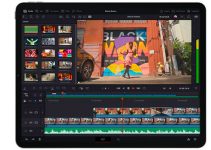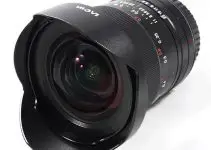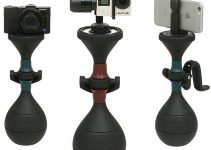This is still a relevant question, yet the answer may surprise you. Given the fact that most of the compact mirrorless cameras available today already shoot in 4K resolution many camera nerds tend to believe that this problem is already a thing of the past. Sure, the moire plagues my good old Canon 7D and the artefacts can be absolutely atrocious, yet it doesn’t mean that even if you use the latest piece of technology available you won’t come across these issues occasionally.
To prove whether this statement is right or wrong, Mattias Burling has put 14 cameras to the test to see the degree of recorded moire they show. Mattias used a bunch of cameras such as the Sony a6000, Panasonic LX100, Canon XC10, BMPCC, BMPC, Samsung NX1 and even the Digital Bolex. And, here are the results.
To be honest, I even experienced this issue (to a certain extent) with a footage captured on the Arri ALEXA once so I’m really not surprised by the results we’ve seen above. I tend to agree with Mattias Burling that these artifacts are an issue mainly for the guys like us who know where to look for these patterns.
Furthermore, the point of Burling about the majority of people is absolutely relevant as well. Sometimes even if you try to explain and point out the issue to a regular non-technical person the odds are he/she wouldn’t even understand what you are trying to explain in the first place. So it really doesn’t matter whether your camera produces more moire and aliasing artefacts than the one of your collaborator.
On the other hand, if you are a beginner you’d better reconsider if moire and aliasing would be an essential aspect influencing your decision whether to buy a certain camera or not. There are many other more important features and specs that you should concentrate on such a dynamic range, colour rendition, frame rates, codecs, editing workflow, battery life etc. rather than looking for some awkward patterns in your footage.
If a regular viewer that is not a seasoned professional notices moire and aliasing in your video and points it out you should definitely try to improve your storytelling first, rather than considering your next camera purchase.
Sure, certain cameras are better than others, but it doesn’t mean you can’t tell a great story with anyone of those. You can do that even with the phone in your pocket on certain occasions. All in all, you shouldn’t be paying too much attention to the technical specifications because in the end of the day these are just that – tools.
Focus on your story and use the camera that you currently own instead. If the plot is good enough, the last question from the regular viewers you will hear would be ” What kind of camera do you shoot with?” I definitely put my money on this.
[via: Cinescopophilia, source: Mattias Burling]
Disclaimer: As an Amazon Associate partner and participant in B&H and Adorama Affiliate programmes, we earn a small comission from each purchase made through the affiliate links listed above at no additional cost to you.





You made a GH4 tag, but where is GH4 on this tests? No GH4, its like you didnt make this video…
This is NOT our test, it has been conducted by Mattias Burling. We thought it was interesting to be shared with the community. Hope this helps!
we didn’t. the source is in the article.
Excellent starting points and discussion. However, I am not an expert in camera technology or recording technology so you need to elaborate, be more detailed and instructional. I found it difficult to follow you exactly. But these are not only necessary but excellent points and excellent comparisons for future study. Anybody?